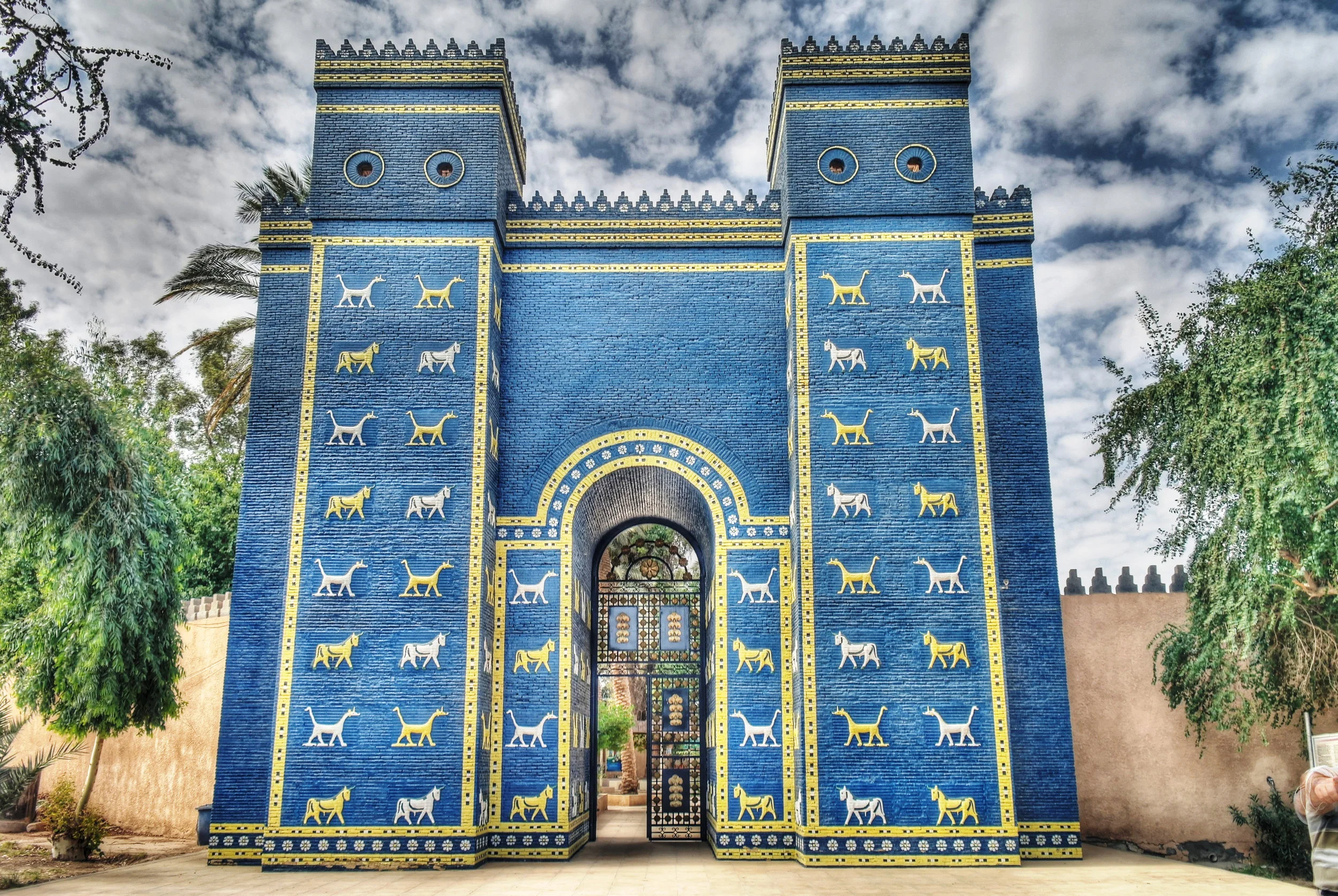Trivia time!
Usually in mammals, tusks are enlarged canine teeth, but in elephants they are actually elongated incisors and are essentially no different from other teeth.
"One of the key differences between African and Asian elephants is the tusks. All African elephants, male and female, have tusks whereas only some Asian males have tusks. About 50 percent of Asian females have short tusks known as tushes, which have no pulp inside." ~ from eleaid.com
Did you know?
The word avrakedavra, first written in Aramaic (or Hebrew, depending on your source), was a healing spell, an incantation used against fevers and disease. It was first documented by Quintus Serenus Sammonicus (physician to Roman emperor Caracalla; died in 212), in Liber Medicinalis (also referred to as De Medicina Praecepta).
A triangular amulet, crafted out of metal, using the full word on the first line and then diminishing by one letter on each subsequent line until only a single letter remained, is given to a sickly person to wear for protection. It was believed that as the word disappears, "the hold of the demon or evil spirit over the patient and the illness diminish together too."
The patient is to wear the amulet for nine days; before sunrise on the tenth day, the patient must stand with his or her back to an eastward-flowing river and toss the amulet over his/her shoulder, into the water.
An interesting note about the similarity to J. K. Rowling's avada kedavra (excerpted from Wikipedia after I saw the actual interview):
"During an audience interview at the Edinburgh Book Festival on 15 April 2004, series author J. K. Rowling had this to say about the fictional Killing Curse's etymology: "Does anyone know where avada kedavra came from? It is an ancient spell in Aramaic, and it is the original of abracadabra, which means 'let the thing be destroyed.' Originally, it was used to cure illness and the 'thing' was the illness, but I decided to make it the 'thing' as in the person standing in front of me. I take a lot of liberties with things like that. I twist them round and make them mine."
Fascinating, right?
The funniest part -- I did NOT know that Jo Rowling had used this until long after the first draft of SLEIGHT was done back in 2009. The word came up in a conversation with a young magician about the history of magic, and it was off to the races for me.
Collective consciousness -- and engrossing research -- for the win!



